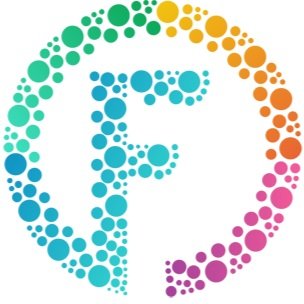Most colorists have had a marathon session at some time. By marathon I mean very, very long (30 hours is my personal record!) or very, very challenging, which is often even tougher. However, I have found that all colorists at some stage in their career, also hit the infamous “wall” just like every marathon runner. The symptoms are a loss of enthusiasm, repetition, stagnation, complacency and resistance to change. The cause is usually too much time spent on the same equipment, in the same facility and often on the same type of jobs. The pattern is compounded when such a colorist is unable to attract new clients and therefore also works with the same clients.
Maybe I am exaggerating slightly, but I do firmly believe that we (colorists) need to be pro-active in continually developing our techniques and looks. Our industry and much of the kit that we use are undergoing such rapid changes that we need to be on the crest of the wave and work hard to stay there if we are to compete.
Nobody knows how many people are actually working as colorists, but it’s a pretty safe guess that world wide we numbered only hundreds in the 80s, thousands in the 90s and hundreds of thousands at the turn of the 21st century. When Apple first included Color in FCP Studio (2007) they claimed 800,000 owners. Today (2016) BMD boast in excess of 2 million seats of Resolve. Even if a small percentage of those owners ever do a professional job, the number is still greater than all the colorists ever on all the other systems put together. That means there are lots of colorists with a wide range of skills, eager to win jobs.
Staying Ahead
So what can we do to stay ahead?
1. Read forums, blogs and articles on color grading. The small number of professional colorists in the past meant that there was little demand for books in the past, but the new influx of software graders has created a trickle of titles. However, color grading has become a popular topic on the internet and there are plenty of sites that read host both serious and amusing articles for all levels and all manner of grading systems. Check out some of my other articles, the ICA Blog and the ICA facebook pages for starters.
2. Learn a new system. Get a copy of Resolve, FilmLight, Nucoda, Mistika, Photoshop or anything else you can lay your hands on and play with it, even if you will never use it with clients. It will force a rethink of current practices and maybe bring an awareness of tools that you either don’t have or don’t use. If you do not have access to a system, try getting an operations manual.
3. Take a course. That is why we started the International Colorist Academy. The classes are designed to get you to the next level and bring you up to date with new features and new ideas. Meeting other people with the same problems is also very refreshing. Even if you learn absolutely nothing (which has never happened) you will at least know that nobody has an edge on you. Take a look at what’s coming up at www.icolorist.com.
4. Teach someone else. This is considered treason in some circles, and I will be the first to defend the magic of what we do. But teaching an assistant or fellow colorist has two benefits. First it forces you to consider, explain and sometimes justify your approach, which helps build confidence with clients. Secondly, once you have shared a secret you will need to discover or learn new ones to stay ahead of your apprentices. Leave them to hit the wall, let the adrenalin kick in and get ahead of the pack.
This is an interesting time for colorists. On the one hand the choice of system, the available tools and the ease of entry into the profession are all one hundred times better than even a few years ago. But that is balanced by a huge increase in colorists and facilities, which has resulted in lower rates and inevitably a much wider range of services and abilities.
I have met a lot of colorists over the years and we are at the least, a very varied group of people! I can only find two things that we all have in common. Each of us has an interesting story about how we became a colorist, and all of us are passionate about what we do. Now, more than ever, it is not enough just to get the job done we need to promote our art. It has taken decades for colorists to get credits, perhaps one day if we are really good we will also get awards.
Happy Coloring!
